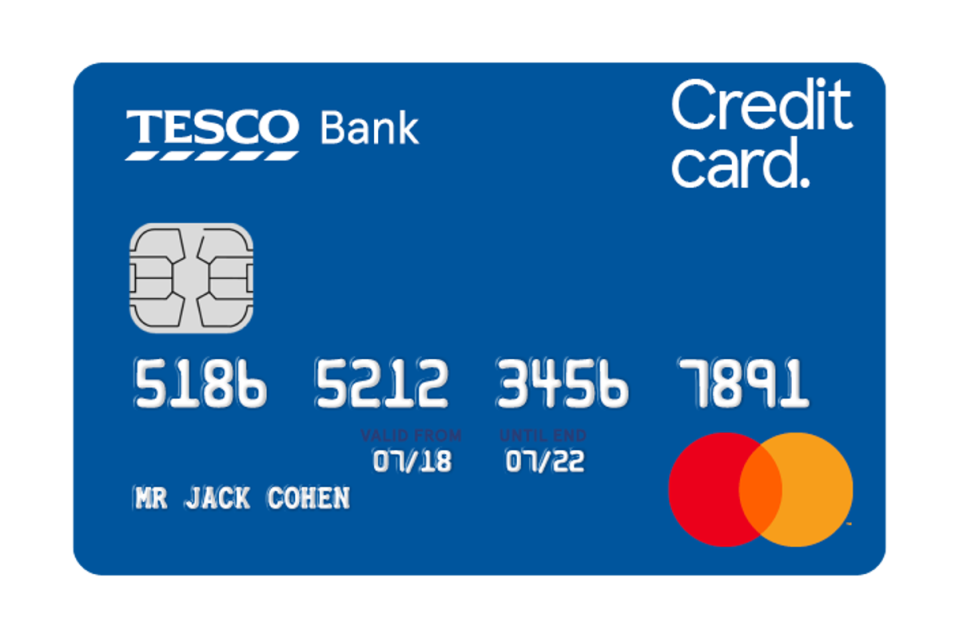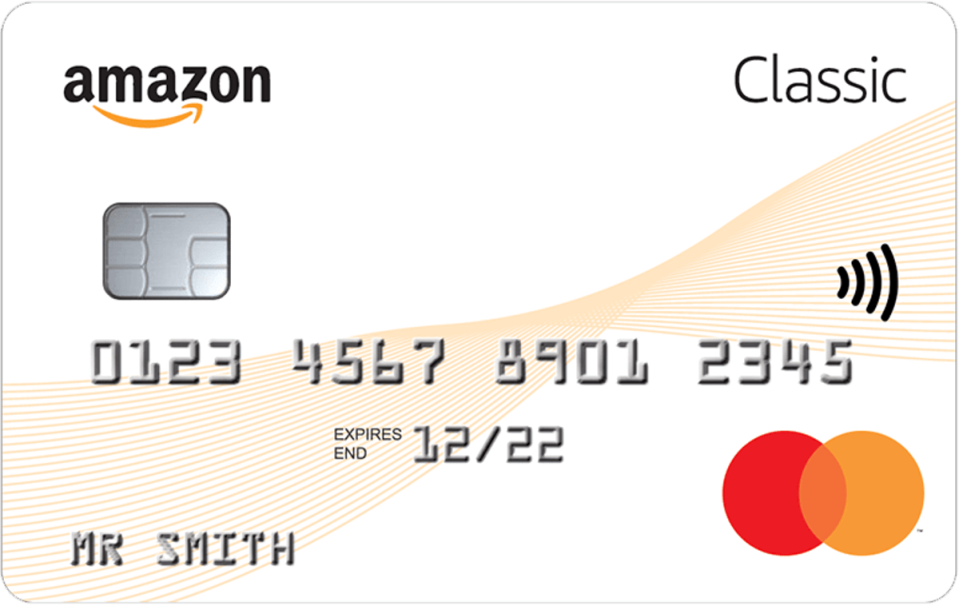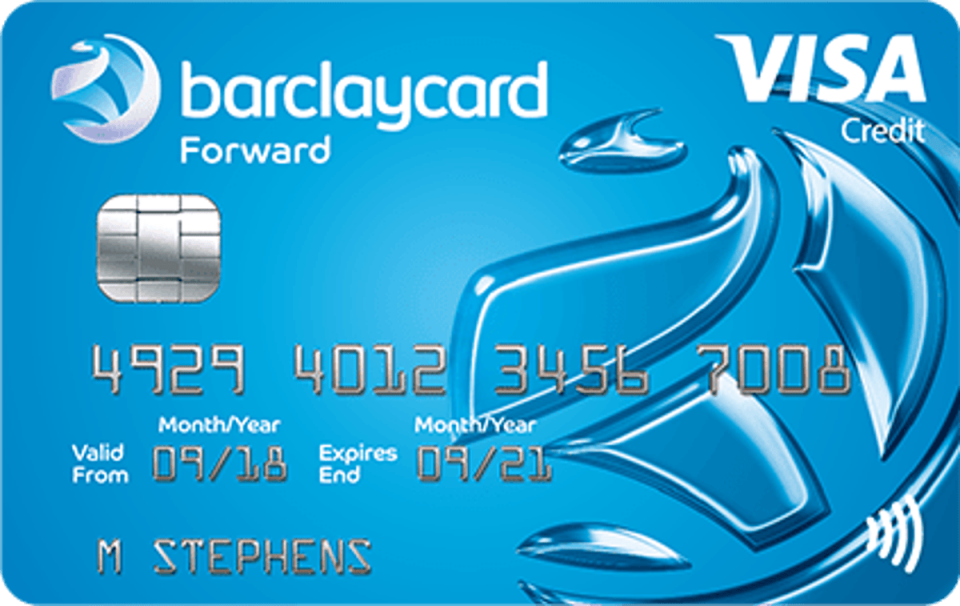What are the best first credit cards?

Whether you carry it as plastic, or add it to your phone’s digital wallet, a credit card can have a key role to play when it comes to functioning effectively as a consumer.
But if you’re applying for a credit card for the first time, what do you need to know, and how do you go about getting the best one?
What’s different about first credit cards?
When you apply for a credit card, or any other kind of credit, the lender will run a search of your credit report (a kind of financial ‘CV’ of how well you’ve managed borrowing in the past) to assess if it will lend to you, and on what terms.
If you’ve not had a credit card before, you’ll have little or no credit history. In turn, this means the lender has little or no information to go on. And, regardless of whether it seems fair, you will be considered high risk.
This usually translates into less competitive deals, for example, lower credit limits and higher APRs (annual percentage rates).
So, when you’re getting your first credit card, it’s even more important to shop around to get the best deal you can.
What are the best first credit cards?
We carried out some research into the ‘first credit card’ market (September 2022) and found the following deals.
Bear in mind, however, that you may not qualify for the cards you see. And as the APRs are representative (which means offered to 51% of successful applicants), you may be offered a higher one.

Tesco Foundation Credit Card
Representative APR: 27.5% (variable)
Initial credit limit: £200 to £1,500
Our verdict
If you are new to credit, this appropriately-named credit card from Tesco could start to put you in the running.
You can keep on top of any improvements in your credit score for using the card responsibly with Tesco Bank’s CreditView tool, while you can monitor what you spend from its app.
Monthly repayments start from just £25, although you should always repay what you owe in full, while optional credit limits are available if you manage the card well.
While there’s no upfront 0% perks, you can collect Tesco Clubcard points everywhere you use the card, as well as the usual points in Tesco stores.

Amazon Classic Mastercard
Representative APR: 29.9% (variable)
Initial credit limit: From £500
Our verdict
If you have an account with Amazon, you could apply for this Amazon credit card (actually provided by lender, NewDay).
It promises an initial credit limit of at least £500 and the chance to build your credit rating – so long as you make payments on time and keep within your allocated credit limit.
Good card management may also result in an upgrade to the Amazon Platinum Mastercard, which will allow you to collect Amazon Reward points.
The deal also comes with 0% on purchases for three months. But, as ever, only spend what you can afford to repay.

Barclaycard Forward Credit Card
Representative APR: 33.9% (variable)
Initial credit limit: £50 to £1,200
Our verdict
So long as you are in receipt of an income of £3,000 a year, this offering from Barclaycard could be a good bet for a first credit card.
While the initial representative APR stands at a heady 33.9% (variable), it reduces by 3% in year one in return for making all of your repayments on time, while in year two you’ll be rewarded with a further 2% reduction in the APR.
However, if you pay off your balance in full every month, which is the best way to manage these (and all other) credit cards, you will pay no interest at all.
You’ll also get text and email alerts to help you keep on top of your spending.
The Forward card comes with 0% on purchases for three months. However, only spend what you can afford to repay.

Capital One Classic Credit Card
Representative APR: 34.9% (variable)
Initial credit limit: £200 to £1,500
Our verdict
While Capital One’s Classic credit card doesn’t come with any 0% period or incentives, the card is more flexible than many on acceptance criteria.
You may be eligible for two credit limit increases, so long as you make repayments on time and stay within your credit limit. Although bear in mind that these are optional, so you are within your rights to decline.
Managed responsibly, this could offer a good first debut onto the credit card market.
What’s our methodology?
We’ve ordered the top first credit cards by representative APR, upfront perks and credit limits. However, APRs are representative which means you may be offered one that’s higher.
Using an eligibility checker to apply for your first credit card means you can view your chances of being accepted without the risk of harming your credit rating if you’re turned down.
Finally, while all information was correct as of September 2022, note that deals can change.
Frequently asked questions
What will I need to apply for a first credit card?
You’ll need to be aged over at least 18 and a UK resident. Some cards also come with a minimum income amount.
What are the advantages of a first credit card?
As well as being a spending vehicle for emergencies, a credit card offers protection under section 75 of the Consumer Credit Act.
This means the card provider is jointly liable with the retailer for a full refund should something go wrong with a purchase of goods or services that cost more than £100 and up to £30,000.
A first credit card can also be used as a tool for building up your credit score. A good credit score will unlock access to the best credit deals in the future, from mobile phone contracts to mortgages.
What are the disadvantages of a first credit card?
If the card is at your fingertips, you may be tempted to spend more on it than you can afford to repay each month. This will incur steep interest charges as well as fees if you are late with your payments. It will also negatively impact your credit score, rather than improve it as the cards are designed to do.
What about student credit cards?
If you go to university and open a student bank account, you may be offered a credit card alongside it. In this scenario, this is likely to be your first credit card.
Student credit cards come with fairly typical representative APRs (between 18% and 19% variable), but a low credit limit.
As well as for emergency spending, student credit cards are a good way to build your credit score, enabling you to qualify for better credit cards (such as those offering rewards or 0% on spending) and other kinds of borrowing in the future.
What happens when I make a credit card application?
Start with an eligibility checker which will show you the likelihood of being accepted for a first credit card before you apply. This approach protects your credit rating should your application be unsuccessful.
Once you are accepted with a card you are happy with, you will be issued a credit limit. This is the absolute maximum you can spend on the card. You will be sent the card through the post with you PIN in a separate envelope.
You must then sign and activate the card before you can spend on it.
How can I get the most out of my first credit card?
Firstly, only spend what you can afford to pay back which means clearing your balance every month. You can do this by setting up a direct debit which will automatically repay what you spend on the card.
If you can’t afford to pay the full balance, try to pay more than the minimum required by the card provider. This will be exceptionally low as it’s the best way to keep you borrowing and paying regular interest.
Try not to be influenced by rewards and other incentives as the APR will be very likely to wipe out the benefit.
Avoid using your card for cash withdrawals. This will incur a fee of around 3% of the amount withdrawn and you’ll pay interest from the day of the withdrawal – even if you pay off your balance in full that month.
And never exceed your credit limit.
Can I change my mind?
You will have a 14-day cooling off period during which time you can let the provider know you want to cancel the agreement. If you have already spent on the card, you’ll have 30 days to clear the balance.

 Yahoo Sport
Yahoo Sport 





































